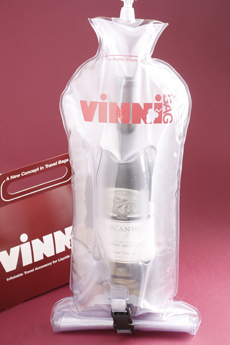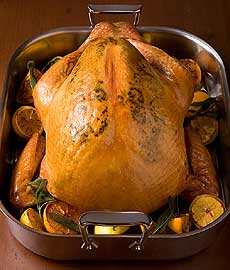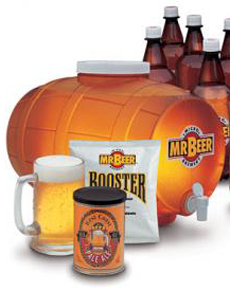
Make Thanksgiving special: Serve your own
microbrew. CSP Photo. |
|
Start this week, and you can serve your own home-brewed beer at Thanksgiving dinner.
We never review products we haven’t tested. So last month, THE NIBBLE office became a microbrewery, as we brewed our first batch of beer in the office kitchen with a Mr. Beer Micro-Brewery Beer Making Kit.
In the fermentation tank (a plastic keg), we combined hopped malt extract, unhopped malt, dry brewing yeast, a packet of fermentable sugars and water. We put the keg in a corner to ferment.
In two weeks, our brew was ready to be bottled for its second fermentation. In another two weeks, it was ready to consume. You can cut the four-week production time down to two weeks, but the beer will be less complex.
Finally, we took our first sip…and were more than pleasantly surprised.
The style was a little on the light side for us, but it’s exactly what most of America is looking for. It tasted fresh and lively—much more so than most beer.
|







